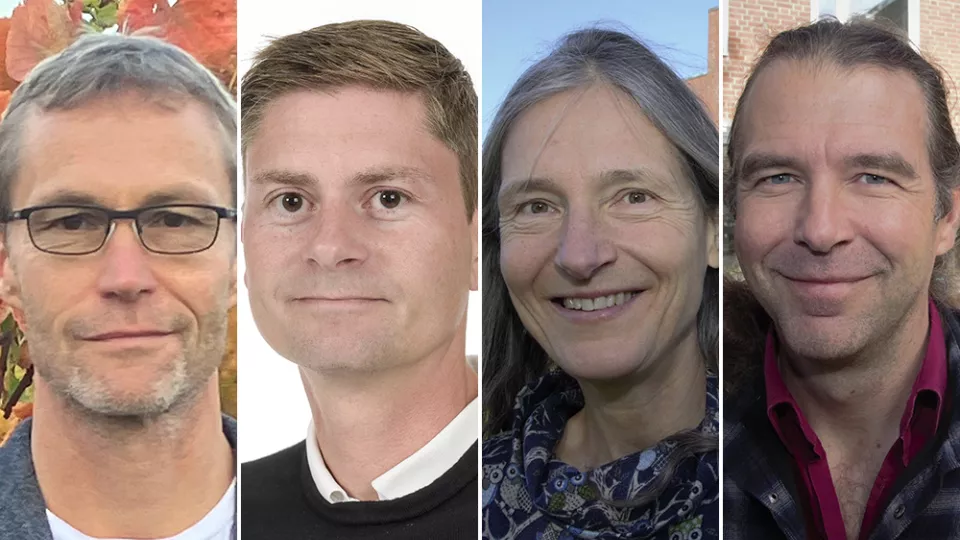Mikael Akke, professor of biophysical chemistry, receives SEK 36 million in order to “crack the allosteric code” – research that will lead to increased knowledge about why certain mutations cause diseases as well as how drugs can be developed based on predictive methods. Allostery is a basic characteristic of proteins – the body’s molecular machines that maintain vital functions. Allostery occurs when a certain type of molecule binds to a part of the protein and affects the protein’s ability to bind other molecules. Allostery leads to a “gradual setting” of the protein’s activity instead of abrupt on-off regulation. Knowledge about this gradual setting of the protein makes it possible to better understand certain diseases, as well as develop drugs that can more successfully fine-tune the function of proteins.
“I am now looking forward to recruiting doctoral students and postdocs who want to get involved in our novel approach to studying allostery. I am extremely pleased to receive this prestigious grant, which enables me to take on this exciting research project together with my colleagues in Lund and Stockholm,” says Mikael Akke.
Göran Jönsson, professor of molecular oncology, receives SEK 31 million in order to enhance the effect of immunotherapy in the treatment of cancer patients. About 30 per cent of patients with metastatic melanoma benefit from immunotherapy. At the same time, this means that 70 per cent of all melanoma patients still have no effective treatment option. Göran Jönsson and his colleagues want to identify new drugs for this patient group.
“It is a remarkably prestigious grant and we are very pleased. It means that together with my co-applicant, I now have the time and resources to pose the important questions concerning immunotherapy, tertiary lymphoid structures and melanoma cancer. We have many ideas and thoughts that we can now work on and develop in order to understand the fundamental mechanisms that explain why not all melanoma patients benefit from immunotherapy,” says Göran Jönsson.
“If we understand the principle of how the chaperones work, we may be able to create a drug molecule based on the same principle that can be used in new treatments of diseases such as Alzheimer’s, ALS, Parkinson’s disease and type 2 diabetes,” says Sara Linse.
Associate professor of physics Mathieu Gisselbrecht receives SEK 26 million to study entanglement. This is a quantum mechanical phenomenon that can best be described as an ensemble of particles for which the quantum state of each individual particle cannot be described independently of the state of the other particles, regardless of the distance between them. The entanglement is very brittle and its study usually requires extremely low temperatures. By using ultra-short pulses of light, generated at the Lund Laser Centre, Gisselbrecht’s team, from the Faculty of Science and Faculty of Engineering (LTH), measure the quantum state of the electron. The aim is to develop measurement methods and theories so that the researchers can better understand the entanglement between electrons emitted from matter.
“If we succeed, this could be a method that helps find materials to build quantum computers that can withstand higher temperatures, with the possibility of fast operations,” says Mathieu Gisselbrecht.
This year, the Knut and Alice Wallenberg Foundation is granting a total of SEK 700 million to 23 innovative basic research projects at Swedish higher education institutions.
